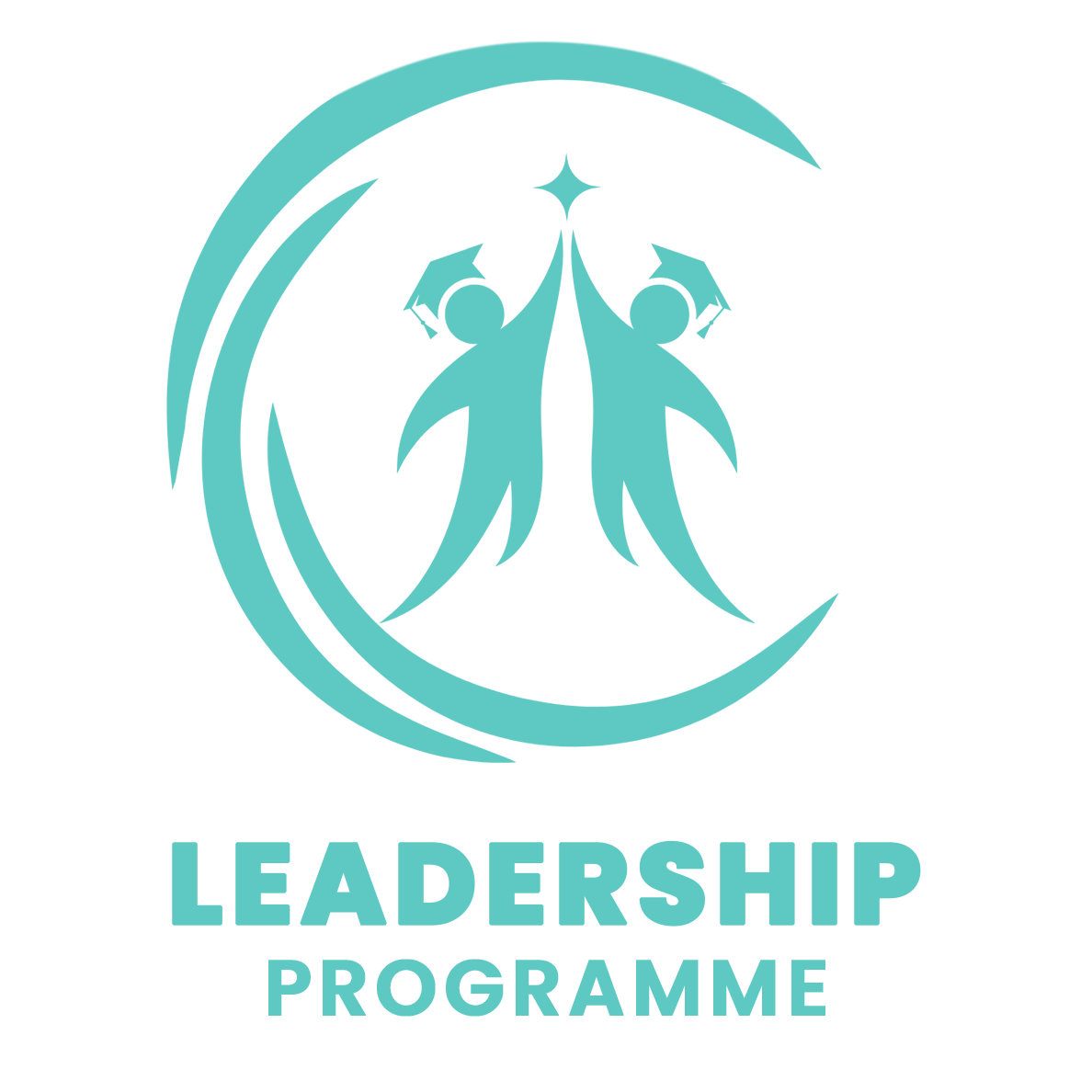
Inclusion in international schools

Over the past two decades, there has been significant progress in the education of all children with difficulties. It entails a shift away from segregation and special education and toward inclusive education that welcomes and appreciates differences as well as similarities, rather than the alternative. Because it is a matter of human rights and social justice, the United Nations has elevated inclusive education to the top of its global priority list. Inclusion is a process that is ongoing that aims to increase access and engagement in learning for all students by identifying and removing barriers to participation in the learning environment.
Inclusion is a paradigm shift in an organization that necessitates transformation. It is a never-ending process of boosting learning and involvement for all children in the classroom. It addresses the needs of students with learning disabilities and raises concerns about the wider purposes of education, the nature of pedagogy, curriculum, and evaluation. Aiming for this instructional method is something that all schools should strive towards. Students benefit from a collaborative, mutually respectful, and supportive culture that involves the whole school community in problem-solving and cooperation.
Learner variability refers to a concept that encompasses all students and does not discriminate based on their strengths or problems, age, social or economic situation, language, gender, race, ethnicity, or sexual orientation. Learner variability is defined as the variable mix of strengths and difficulties that learners face due to their changing histories, situations, and environments. It is widely acknowledged that no one has an average brain, and hence no one is an average learner, according to this perspective. Learner variability demonstrates that classifying children according to diagnostic categories (ADHD, dyslexia, and so on) does not give reliable indications of a student’s potential or the most effective teaching tactics for that student.
The terms “inclusion” and “inclusive education” refer to a holistic notion that incorporates the diversity of all learners as well as the inclusion of all minority groups in educational settings. Students ranging in age from three to nineteen years old, each with their own learning styles, skills, and issues, are at the core of international education in the IB, and they are the most important part of it. Children and adolescents of all ages enter school with a distinct and shared set of values, knowledge, and experience of the world and their place in it, which they bring to school with them in concert.
Barriers to learning may be found in a variety of places, including how schools are built and resourced, their cultures and laws, the methods of teaching and learning, the architectural aspects of the buildings, and the everyday interactions between individuals in the school community. When inclusion is not clearly defined and linked to the school’s mission and vision, and when the leadership team is not actively devising effective strategies to extend access and participation, there are obstacles to learning that prevent students from achieving their full potential. It is more difficult to overcome extra obstacles when the whole school design process does not favor inclusivity. In addition, if the people and material resources required to promote inclusion are not readily available, this will create a barrier to inclusion in the process. When school routines are rigid, lesson transitions are not supported, school transitions are not facilitated, and collaborative teaching and learning techniques are not a hallmark of the school structure, barriers to student learning may also arise.
Inclusive education is the process of developing the educational system’s capacity to reach out and educate all children as part of a bigger effort to ensure that all students have access to education. An overall aim of the World Declaration on Education for All, adopted in Jomtien, Thailand in 1990, was to ensure that all children, youths, and adults have access to excellent education and to promote equality among all people. Being proactive in recognizing hurdles to educational possibilities that may be overcome and finding the resources required to overcome these barriers is essential in achieving success in education. When a curriculum is customized for a certain group of students, inclusive shifts the attention away from that group and onto the process of responding to all students, realizing that any child may need extra help at any moment. The “”World Conference on Special Needs Education”” (SNE) on Access and Quality, which took place in Salamanca, Spain in June 1994, provided further momentum for the expansion of inclusive education.
Every child should be involved in mainstream education without any exclusions based on perceived differences or support requirements. This includes children with special needs. An inclusive education system can only be developed by expanded inclusion in regular schools, that is, through enhanced education of all children in their communities, rather than through other means. Normal schools with an inclusion orientation, it was determined during the Salamanca conference, are the most effective means of combating discriminatory attitudes, building welcoming communities, constructing an inclusive society, and ensuring that all students get an education.
The process of improving students’ engagement in the culture and curriculum of mainstream schools and communities is described by Brooth (1998) as inclusive education. For Bailey (1998), inclusion is “attending a regular school with other children, participating in a common curriculum at the same time, in the same classroom, with the complete acceptance of everyone, and in a manner that makes the students feel no different from other students.” Inclusive education examines both the rights of the student and the ways in which education institutions may be modified to better serve the needs of a varied range of learners. According to the findings of research conducted by Pijl et al (1997), attitudes toward educating learners with special needs are very important when it comes to making a school inclusive for all pupils.
The failure of general education teachers to recognize that they have responsibility for the learning requirements of students with special needs as an intrinsic part of their job would result in the formation of biases towards these pupils. Inclusion is concerned with a child’s right to participate in school activities to the greatest extent feasible, as well as the school’s obligation to accept and accommodate the child’s right to participate in school activities (Thomas and Vaughan, 2005). A mainstream school’s inclusion must be shown by the fact that all of the kids in its attendance area are regarded to be actively engaged in the school’s many activities. Education of one’s children is a vital human right that everyone should enjoy.
Fundamental human rights serve as the cornerstone of inclusive educational opportunities. According to the United Nations Declaration of Human Rights, education is a fundamental human right that everyone should access (United Nations, 1998). According to the United Nations Convention on the Child’s Access, children with and without disabilities have the same rights to educational opportunities under the same conditions as other children.





